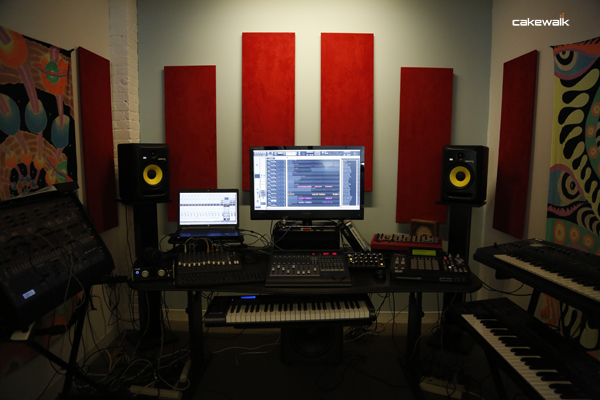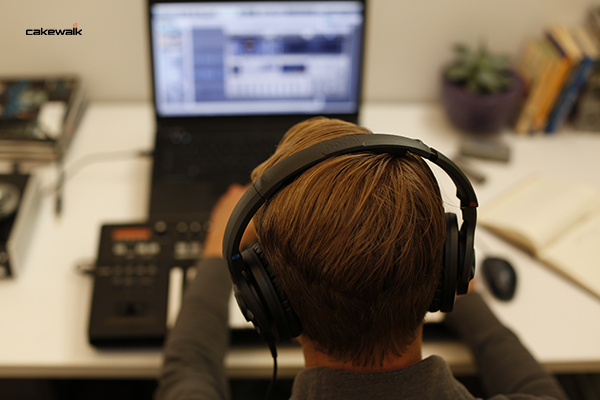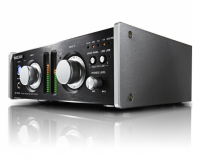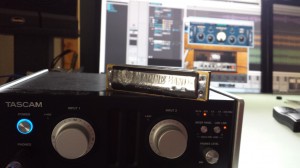 One of the greatest things about working for Cakewalk besides the comradery with colleagues, is the fact that I get to meet and interact with many different SONAR users around the world. I’ve found that from Japan to California and everywhere in between, there are some very talented SONAR users creating music on their own terms. Since we’ve been part of Gibson we have thankfully had the benefit of a great Entertainment Relations team helping us out with meeting some of these artistic musicians.
One of the greatest things about working for Cakewalk besides the comradery with colleagues, is the fact that I get to meet and interact with many different SONAR users around the world. I’ve found that from Japan to California and everywhere in between, there are some very talented SONAR users creating music on their own terms. Since we’ve been part of Gibson we have thankfully had the benefit of a great Entertainment Relations team helping us out with meeting some of these artistic musicians.
 Not too long ago on a trip over to Europe, I was introduced through one of the Gibson Entertainment Relations Representatives to a Dutch producer/musician by the name of Sander Veeken who had been visiting our relatively new Amsterdam facility. The rep had wanted to me to meet Sander because he knew he was a SONAR user, so as you can imagine we had a lot to talk about. Immediately we started talking about his work and his history with SONAR, but he also mentioned a specific artist he had been working with by the name of Lange Frans. I had heard of Lange before, but what I didn’t know is how incredibly popular this artist was—I’m talking tens of millions of views popular—on multiple outlets such as YouTube to name one. Continue reading “How Dutch Producer Sander Veeken used SONAR for the new Lange Frans Record”
Not too long ago on a trip over to Europe, I was introduced through one of the Gibson Entertainment Relations Representatives to a Dutch producer/musician by the name of Sander Veeken who had been visiting our relatively new Amsterdam facility. The rep had wanted to me to meet Sander because he knew he was a SONAR user, so as you can imagine we had a lot to talk about. Immediately we started talking about his work and his history with SONAR, but he also mentioned a specific artist he had been working with by the name of Lange Frans. I had heard of Lange before, but what I didn’t know is how incredibly popular this artist was—I’m talking tens of millions of views popular—on multiple outlets such as YouTube to name one. Continue reading “How Dutch Producer Sander Veeken used SONAR for the new Lange Frans Record”







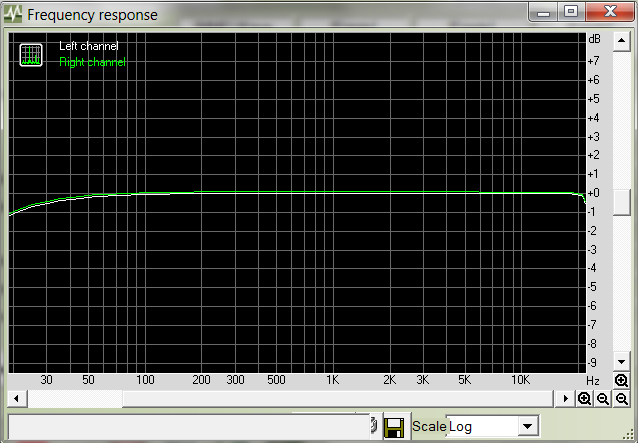
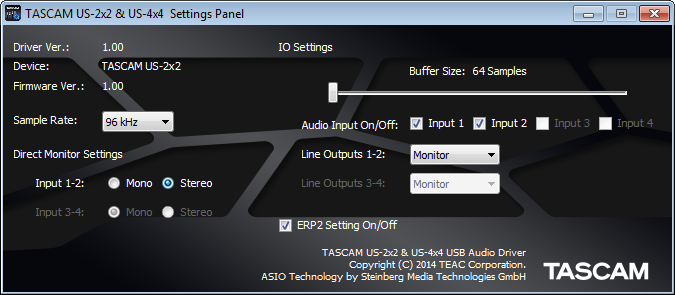 Fig. 1: The control panel for TASCAM’s US-2×2 and US-4×4 audio interfaces is showing that the sample buffer is set to 64 samples.
Fig. 1: The control panel for TASCAM’s US-2×2 and US-4×4 audio interfaces is showing that the sample buffer is set to 64 samples.